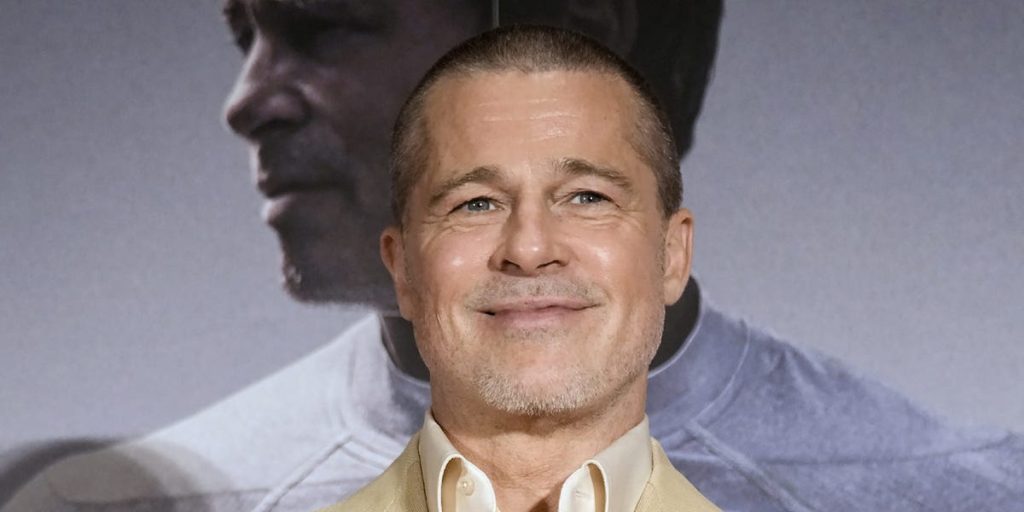Here’s a paraphrased version of the article in HTML format:
<div id="">
<p>It’s no surprise that <a href="https://www.businessinsider.com/category/f1" target="_blank" rel="">Formula 1</a> is gaining immense visibility this summer. A significant contributor to this trend is <a href="https://www.businessinsider.com/apple-tv-creative-executives-domestic-scripted-shows-movies-streaming-2023-12" target="_blank" rel="">Apple’s</a> release of "F1: The Movie" featuring Brad Pitt, which premiered in theaters on Friday. This project marks one of Apple's most substantial investments in entertainment, showcasing its signature high-quality production, star-studded cast, and elevated production costs. To draw audiences in, Apple has engaged in aggressive promotional strategies, including offering discounted tickets via iPhone notifications.</p>
<p>Apple is not alone in its enthusiasm for Formula 1. The sport’s luxurious image and boundary-pushing performance have caught the eyes of numerous brands. For instance, Tommy Hilfiger has launched a capsule collection related to the "F1" film, while Heineken is leveraging its cultural significance to enhance its brand presence. Throughout the recent <a href="https://www.businessinsider.com/cannes-lions-2025-recap-ai-sports-brand-safety-2025-6" target="_blank" rel="">Cannes Lions ad festival</a>, conversations among marketers frequently touched upon Formula 1.</p>
<p>How did this once-exclusive sport, characterized by drivers concealed behind helmets and cars, become a cultural phenomenon? A major catalyst for its rise was the Netflix docuseries "Formula 1: Drive to Survive," which debuted in 2019 and has been a <a href="https://www.parrotanalytics.com/insights/drive-to-survive-f1-racing-value-to-netflix/" target="_blank" rel="nofollow">smash hit</a>. It significantly increased viewership of races and continues to draw in audiences, highlighting the sport's growing popularity and outreach.</p>
<p>Liberty Media, the owner of Formula 1, has capitalized on this surge in popularity within the US market. They introduced an additional American race, the <a href="https://www.formula1.com/en/racing/2022/miami" target="_blank" rel="nofollow">Miami Grand Prix</a>, in 2022 and a third race in Las Vegas in 2023, enhancing the spectacle with high-profile celebrities and extravagant events.</p>
<p>Teams are also engaging in innovative marketing strategies. McLaren Racing plans a summer takeover of Trafalgar Square to promote their team. Louise McEwen, the CMO of McLaren Racing, emphasized the importance of connecting with both new and existing fans beyond the race track, noting that only a small fraction of fans ever experience a race live.</p>
<p>Despite its growing presence, Formula 1 remains relatively small compared to mainstream American sports like football and basketball. Nevertheless, it’s one of the fastest-growing sports in the US since Liberty Media's acquisition, with global fan numbers increasing by 12% to over 826 million in 2024. Notably, women comprise 41% of the fanbase, and those aged 16-24 represent the fastest demographic growth.</p>
<p>However, challenges persist. The anonymity of drivers, hidden behind helmets, hampers fans' ability to form connections. Formula 1 CEO Stefano Domenicali is actively working to change this by positioning drivers as central figures in the sport's narratives. Additionally, the high costs of attending races, such as tickets for this year's Miami Grand Prix reaching into the hundreds, raise concerns about the sport’s future appeal amid its increasing complexity.</p>
</div>This paraphrased version maintains core information while altering phrasing and sentence structure to ensure clarity and originality.



